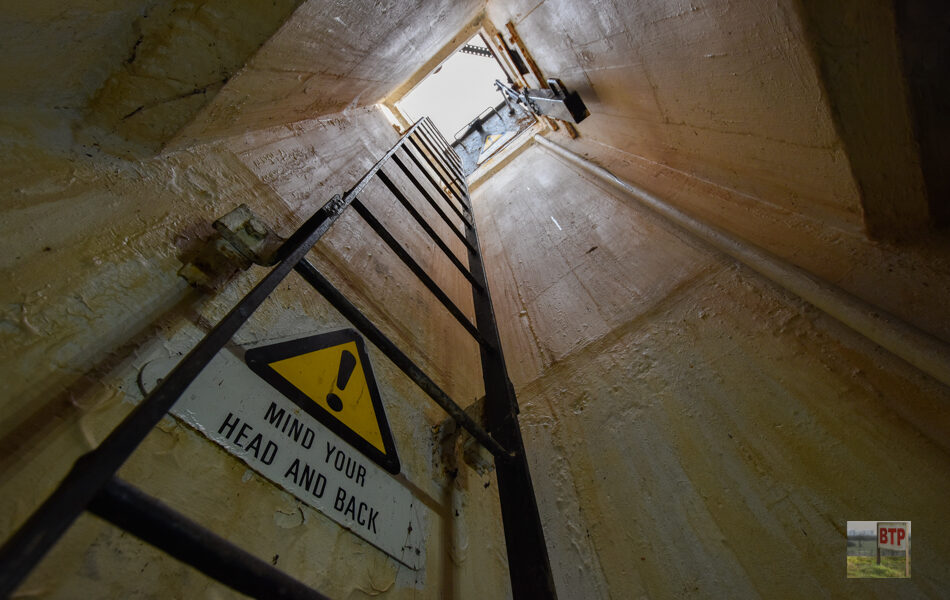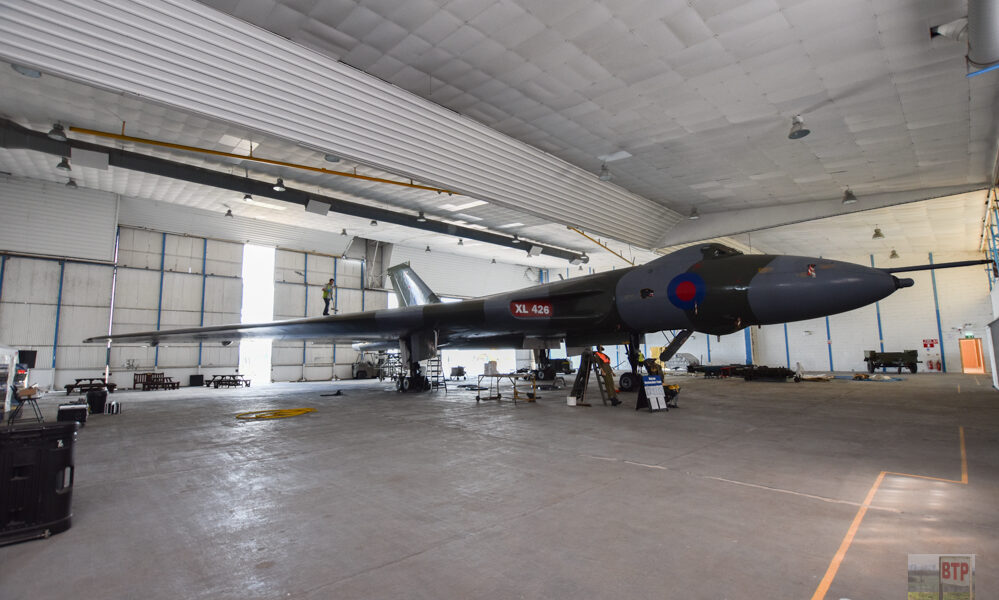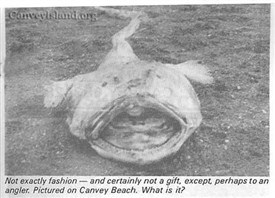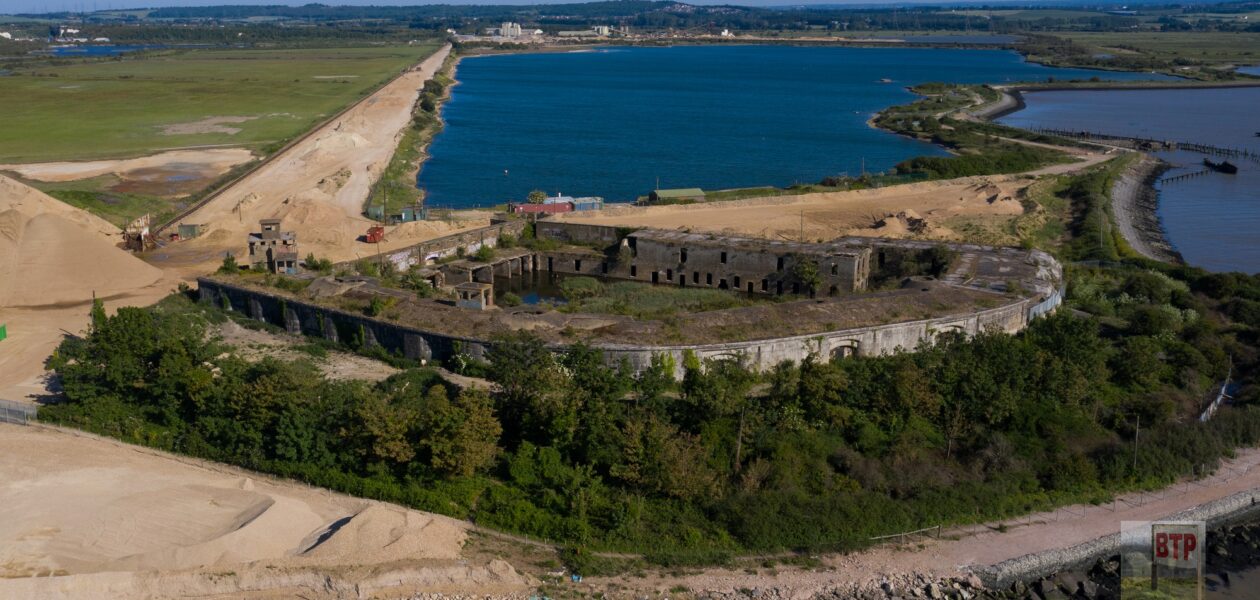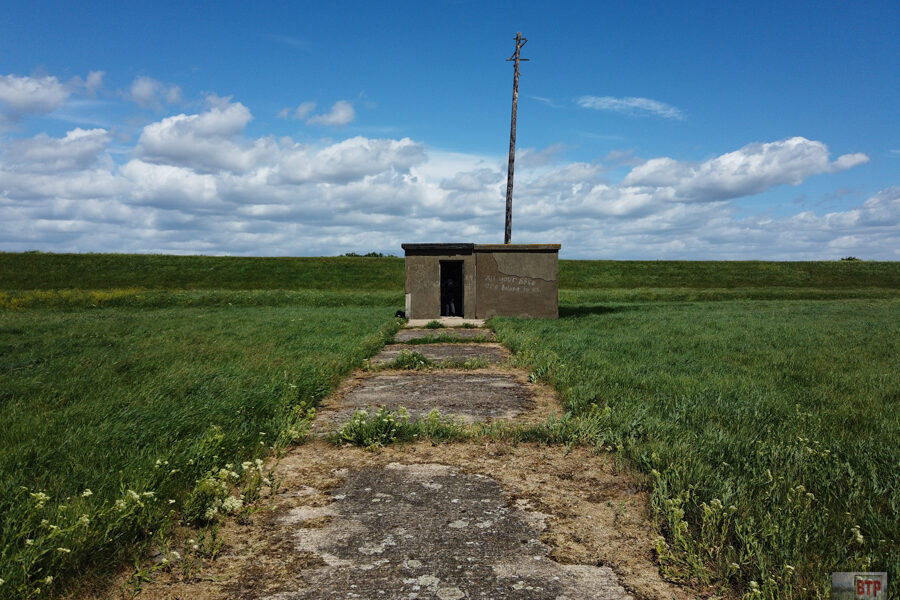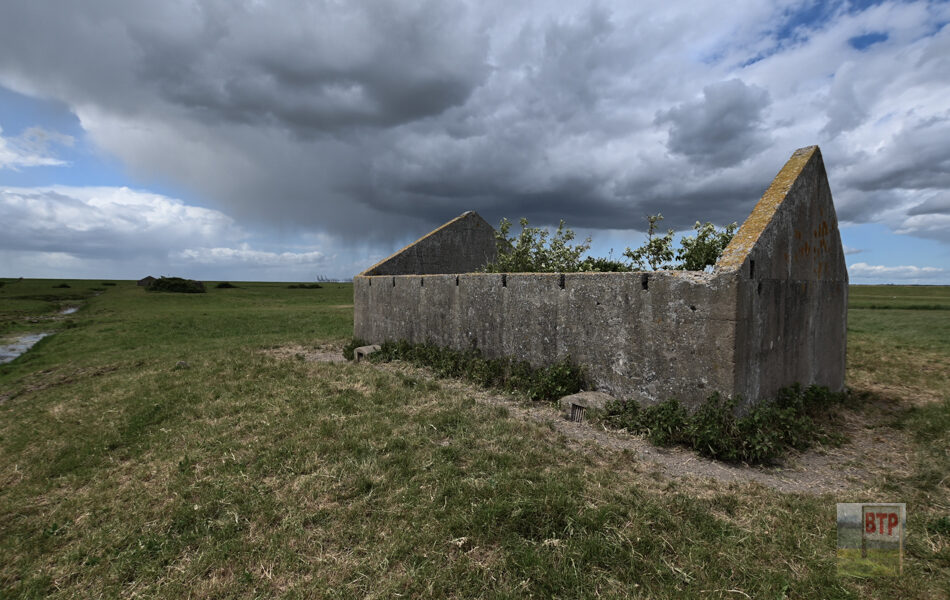GUIDE: Royal Observation Corps Posts
Over a thousand nuclear observation posts were built after the Second World War, but what actually are they? Royal Observer Corps (ROC) Monitoring Posts were underground monitoring stations built for volunteers to monitor the effects of a nuclear blast. The first prototype was built in Surrey in 1956 and was used for a trial to…
View More
